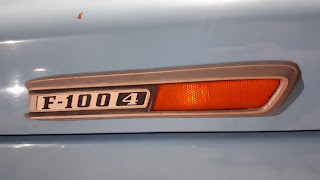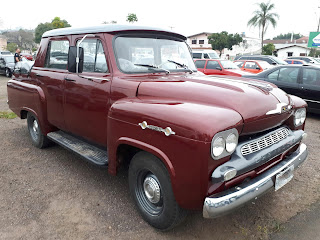And just like Volkswagen took benefit of local production in Brazil since mid-'50s as the local politics were favorable to the arrival of full-volume automobile industries as part of a major import substitutions effort, Fiat would have its share of political involvement in the '90s when it applied for a tax break to a 1.0L-engined version of the Uno which had already been bound for export to Europe as a budget option to the Italian model in the mid-'80s. which was ultimately granted in the context of a "people's car" plan which was ultimately also embraced by Volkswagen, Ford and GM/Chevrolet. While Volkswagen was at some point persuaded to reintroduce the Beetle in '93 during the presidential tenure of Itamar Franco, yet also having the Gol as a contender to the 1.0L-engined class started with the introduction of the Fiat Uno Mille in the Brazilian domestic market, most of the customer base in the '90s was already favorable to a then relatively modern design, especially in bigger cities where unpaved streets were already not so common except for some impoverished areas in the outskirts. However, just like front-wheel drive was never a deterrent for the Citroën 2CV to be as off-road capable and a cultural icon in Argentina as the Volkswagen Beetle is in Brazil, at a later stage the Fiat Uno would start to be embraced by Brazilians from rural regions due to its affordability and fairly simple underpinnings once rear-wheel drive models such as the Volkswagen Beetle or its derivatives started to go on short supply in the used car market or priced out of reach as a collectors' item.
Sure the Fiat Uno, just like any other Brazilian-made compact car from the '80s or '90s, will have some features with a greater technical complexity compared to a Volkswagen Beetle in one way or another, yet still being manageable by a shade-tree mechanic if need arises, and parts availability is still suitable to the needs of most who just look for the utilitarian aspect of a car which may now be seen as "too old" in Europe. Regional adaptations for harsher terrain conditions, even though they also retained a lower cost due to the repurposing of many subassemblies from its direct predecessor which was already made locally, also played a pivotal role to retain a customer base who was already held by Fiat once it became perceived as a "specialist" in compact cars among the Brazilian car buyers. So even though coming late to the party did not help Fiat to establish itself as quickly as Volkswagen did, despite having some minor CKD assembly operations held by the long-gone Varam Motores in the '50s, the Fiat Uno had its merits leading to a continuous production run from '84 to 2013 in Brazil being only phased out because it was perceived as unaffordable to upgrade to the dual-airbag mandate in 2014.

















.jpg)
.jpg)
.jpg)





















